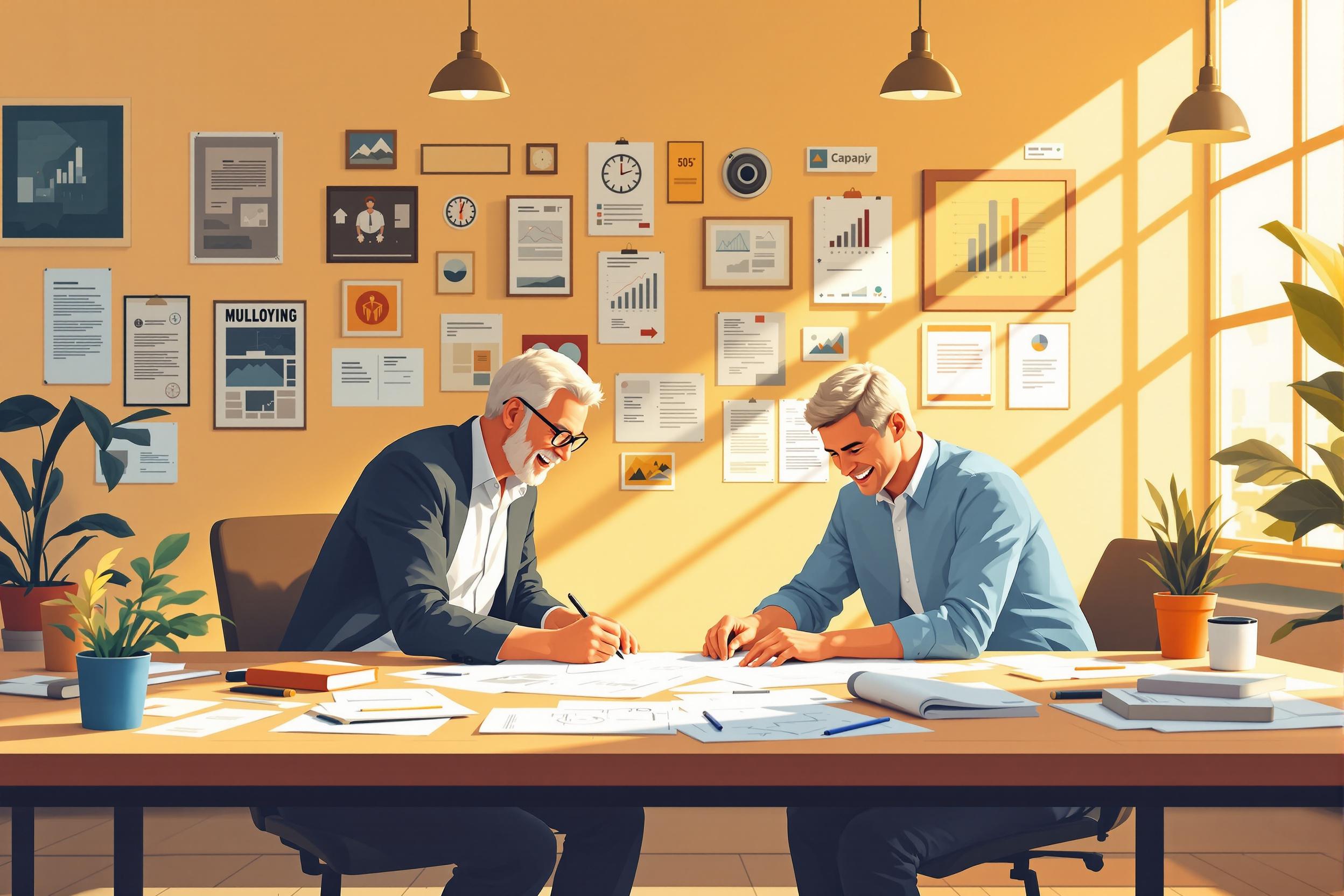
Archival Materials
Archival Materials are special supplies and products used in custom framing to protect and preserve artwork, photographs, and documents for long periods. These materials are designed to prevent damage from light, acid, and environmental factors that could cause fading or deterioration. When someone mentions archival materials in framing, they're talking about acid-free mats, UV-protective glass, conservation mounting boards, and other preservation-focused products. This is different from standard framing materials which might look similar but don't offer the same level of protection. Other terms that mean the same thing include "conservation materials," "museum-grade materials," or "preservation supplies."
Examples in Resumes
Specialized in using Archival Materials for museum-quality custom framing projects
Advised clients on Conservation Materials selection for valuable artwork preservation
Completed over 500 custom framing projects using Museum-Grade Materials
Typical job title: "Custom Framers"
Also try searching for:
Where to Find Custom Framers
Professional Organizations
Online Communities
Industry Resources
Example Interview Questions
Senior Level Questions
Q: How do you determine the appropriate archival materials for different types of artwork?
Expected Answer: A senior framer should discuss evaluation of artwork medium, age, value, and environmental factors to select appropriate conservation materials. They should mention specific material choices for different situations and explain why certain combinations work better for particular pieces.
Q: What procedures do you follow when handling museum-quality pieces requiring archival framing?
Expected Answer: Should explain detailed handling protocols, including wearing gloves, proper workspace preparation, documentation of piece condition, and step-by-step conservation framing procedures while maintaining museum standards.
Mid Level Questions
Q: Explain the difference between conservation and standard framing materials.
Expected Answer: Should be able to explain how archival materials are acid-free, lignin-free, and offer UV protection, versus standard materials that might contain acids or other harmful compounds. Should give examples of when each is appropriate to use.
Q: How do you educate customers about the importance of archival materials?
Expected Answer: Should discuss how they explain the benefits of conservation materials in simple terms, demonstrate the difference between regular and archival materials, and help customers understand the long-term value of choosing archival options.
Junior Level Questions
Q: What are the basic types of archival materials used in custom framing?
Expected Answer: Should be able to list and describe basic archival materials like acid-free matboard, conservation mounting board, UV-protective glass, and archival backing boards, explaining their basic purposes.
Q: How do you identify if a material is truly archival quality?
Expected Answer: Should know about looking for manufacturer certifications, understanding pH testing, and recognizing common archival material brands and their markings.
Experience Level Indicators
Junior (0-2 years)
- Basic knowledge of archival materials
- Simple conservation mounting techniques
- Understanding of acid-free products
- Basic artwork handling procedures
Mid (2-5 years)
- Advanced conservation techniques
- Customer education on preservation
- Detailed material selection knowledge
- Problem-solving for unique pieces
Senior (5+ years)
- Museum-level conservation practices
- Expert material selection
- Training and supervising others
- Complex preservation project management
Red Flags to Watch For
- No knowledge of acid-free materials
- Unfamiliarity with UV protection options
- Poor handling practices with artwork
- Lack of understanding about material compatibility
- No experience with conservation mounting techniques
Need more hiring wisdom? Check these out...

Building an Unshakable ATS Data Governance Framework: A Guide to Protecting Your Recruitment Goldmine

From Boomers to Zoomers: Unlocking Organizational Wisdom through Cross-Generational Mentoring

From Farewells to Future Allies: Transforming Exit Interviews into Lifelong Connections

